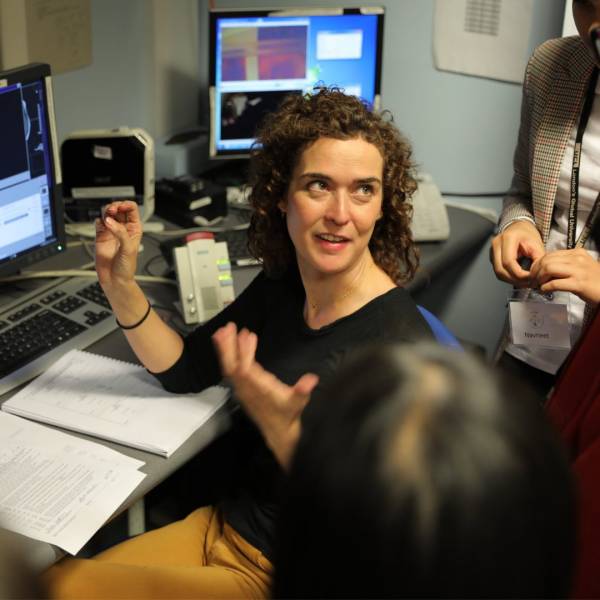In this piece, Sharon Takhar shares her journey from fashion buying to software development and how to recognise the transferable skills you’ve picked up along the way.

From a very young age, I have always been drawn to creative subjects, enjoyed building, sketching and seeing my vision being brought to life. This later materialized into a career in fashion and later fashion buying which took me on a wild journey where I learnt about everything from hosiery to homeware. My time working in fashion was a whirlwind however I wanted to steer my career in another direction. The big question was, how do I do this? Where do I begin and how do I make this leap into tech which at the time seemed daunting?
“[Don’t] shy away from previous experience as every job teaches us something, we all have transferable skills and it’s what makes us unique.”
I knew I wanted to build something new and work on creative websites and features however I didn’t know where to start. I began to make friends in the field to gain an insight into what their day was like and how they worked together. It all seemed too foreign to me coming from a very traditional working environment. I began to talk to more and more people until I decided to take things more seriously. One of my mentors told me not to shy away from my previous experience as every job teaches us something, we all have transferable skills and it’s what makes us unique.
My skills then and now:
- Problem-solving
My time working in retail buying has taught me how to roll with the punches, several things can go wrong in an hour let alone a day so it’s important to be in problem-solving mode. Think creatively, swap your product release dates, change your product slightly to meet the in-store date etc. This fast thinking can be useful anywhere.
- Working in cycles
When working in buying, the buying cycle is surprisingly similar to the software development life cycle. Although I was not working in an Agile way. Our strategy phase would be looking back at previous seasons’ best and worst much like a retro session. Our design phase would be range planning and sampling which would be similar to designing a web feature and taking notes from user testing.
- Developing features
I would work alongside designers to ensure the product was as envisioned. I still do this when working on a feature to ensure it is as designed.
- Looking through the lens of your customer and user experience.
Being in tune with what the customer wants in store is comparable to what the user wants from the website. Putting your preferences aside and not taking things personally when the consumer doesn’t want something you’ve built.
- Constructive feedback
Developers have to get used to taking criticism much like a buyer does for their choice of product they have picked to put in store. A developer would take feedback about their code and decision-making and methods.
- Assessing your feature/product feedback after its release
After a product is in store or a feature has gone live we assess the success of it. How is the public reacting to it, whether it’s sales, feedback or customer feedback? How receptive has this new feature been? Has it contributed to sales? What is the mix of sales across these products? These are all valid no matter what industry you are in.
The moral of the story is whatever career path you come from don’t shy away from it, every job is a learning experience where you can take something away from it and the right employer will recognise this.
Best of luck!






